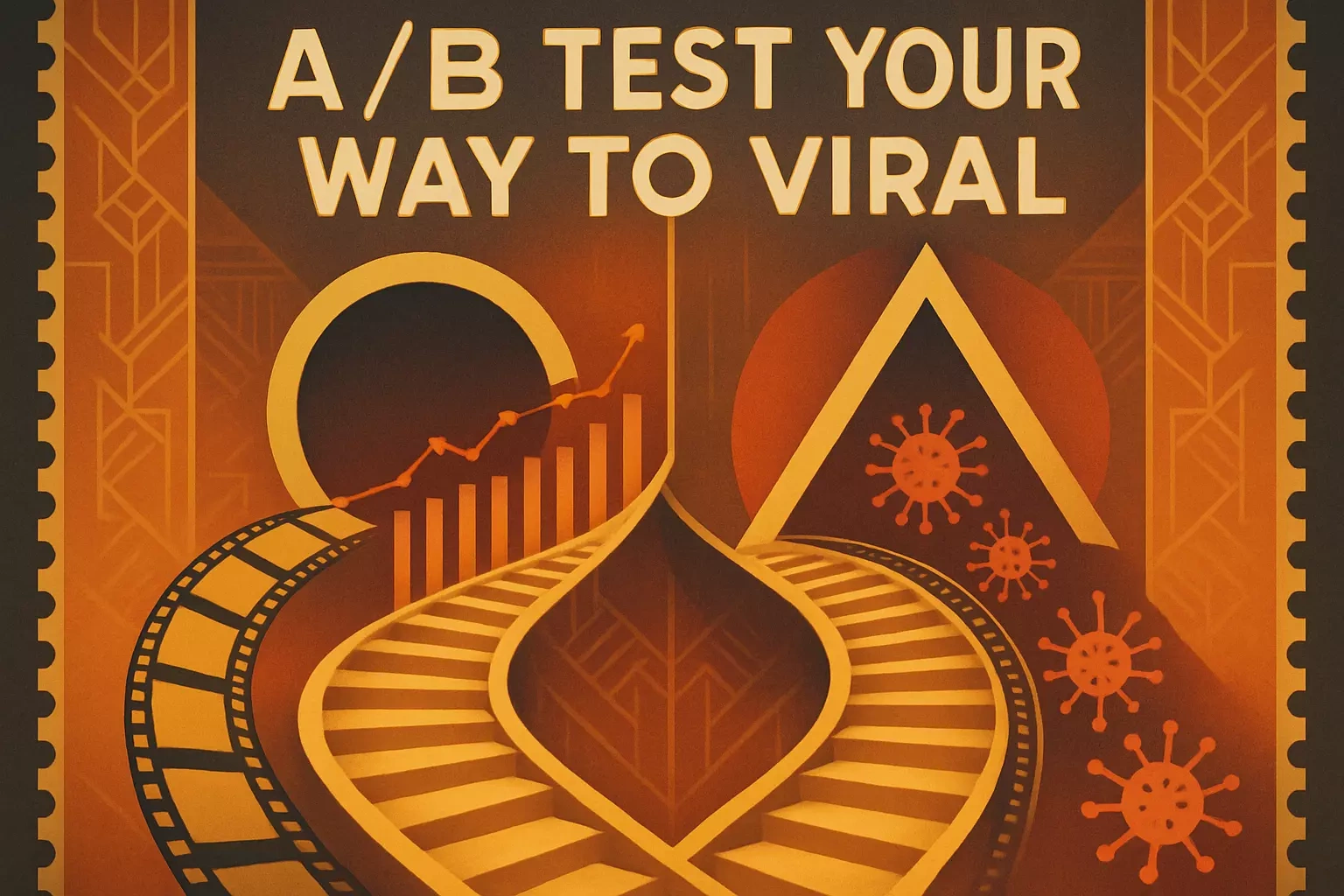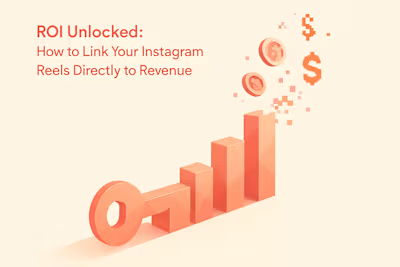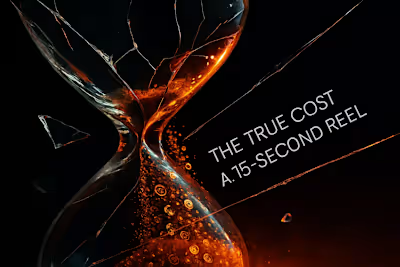A/B Test Your Way to Viral: A Guide to Experimenting with Reels

A/B Test Your Way to Viral: A Guide to Experimenting with Reels
The Fundamentals of A/B Testing for Social Media
What is A/B Testing?
Why It's Crucial for Your Reels Strategy
Setting a Clear Hypothesis for Your Tests
Key Variables to A/B Test in Your Reels
Video Hooks (The First 3 Seconds)
Audio Choices
Captions and Calls-to-Action (CTAs)
Hashtag Groups
Posting Times and Days
Video Style and Format
How to Run an A/B Test on Reels (Methodology)
Step 1: Isolate One Variable
Step 2: Create and Post Your Two Variations
Step 3: Define Your Success Metric and Gather Data
Analyzing Your A/B Test Results
How to Determine a 'Winner'
What to Do With Your Findings
The Importance of Iteration
References
A/B Test Your Way to Viral: A Guide to Experimenting with Reels
The Fundamentals of A/B Testing for Social Media
What is A/B Testing?
Why It's Crucial for Your Reels Strategy
Setting a Clear Hypothesis for Your Tests
Key Variables to A/B Test in Your Reels
Video Hooks (The First 3 Seconds)
Audio Choices
Captions and Calls-to-Action (CTAs)
Hashtag Groups
Posting Times and Days
Video Style and Format
How to Run an A/B Test on Reels (Methodology)
Step 1: Isolate One Variable
Step 2: Create and Post Your Two Variations
Step 3: Define Your Success Metric and Gather Data
Analyzing Your A/B Test Results
How to Determine a 'Winner'
What to Do With Your Findings
The Importance of Iteration
References
Posted Jun 30, 2025
Stop guessing and start testing. This guide walks you through how to A/B test your Instagram Reels to discover what truly resonates with your audience and boosts performance.









